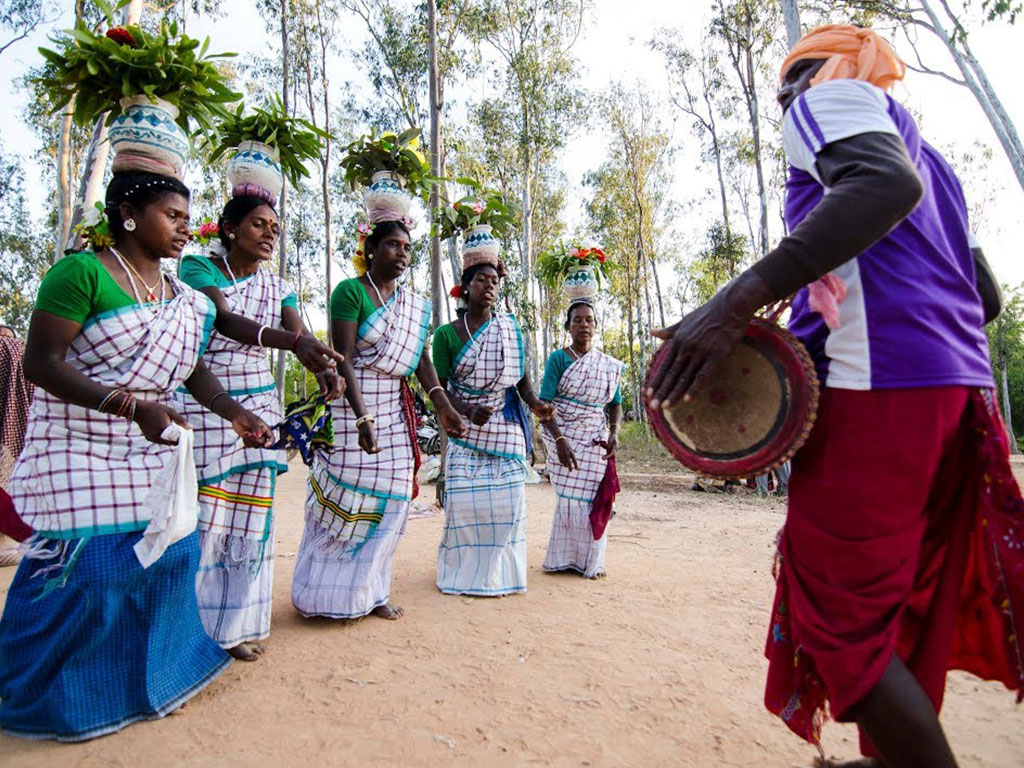Tribal Dance

Birbhum District was inhabited by a number of people belonging to different sects, which makes the land as the blend of both indigenous and alien culture. The diverse culture of Birbhum from the prehistoric times and its rural society was the focus for the poets of Vaishnava and Shakta Padabali. However it was the folk culture, which gets prominence in the post-independence period. The folk culture or rather the native culture of Birbhum district was specially augmented by the contribution of the bauls, their philosophy and their music. The Baulism culture emerged as a religiously liberal philosophy and lifestyle which conforms to the ideals of Sahajyan movement, a refined form of Vajrayan movement, also supplemented by the influence of Vaishnavism and Sufism. The bauls who earn their living by singing & collecting alms, accommodate people from all castes & creed. “Baul” is the true replica of the mixed culture of the land and the truly modern bauls upheld a broader yet liberal perspective of life and culture. Tagore was immensely influenced by the bauls and some of his works are endowed with the Baul philosophy. Birbhum is the hub of Bengal’s folk culture. In addition to being a confluence of Vaishnav, Shakta and Shaiva culture, Birbhum villages also observes the worship of “Gramadevata” or God of the village popularly known as the “Dharma Thakur”, symbolized by a stone Tribals like bagdi, dome, hari, bauri worship “Dharma Thakur”. The folks of Birbhum are the clear representation of the spirit of rural Bengal.